 More now than ever, artists are taking their careers into their own hands. Art galleries have been struggling, many have closed and those that remain have trimmed down their list of artists.
More now than ever, artists are taking their careers into their own hands. Art galleries have been struggling, many have closed and those that remain have trimmed down their list of artists.
Learning how to stage your own art exhibition is a great way to get the attention of new collectors, and potential galleries. The following 6 steps have been designed to offer a helping hand to anyone who wishes to exhibit their creations for the first time on a limited budget.
Guest author/artist: Marc Lawrence
How to Stage Your First Art Exhibition
Whether your aim is for potential representation, for fun or simply to prove that you can do it, you will find as I did that these guidelines will give you enough confidence and know-how for you to stage your second show.
1. GET INSURANCE
Before you approach any public venue you need to purchase liability insurance. If a painting, print or sculpture injures a member of the public then you’re libel. I purchased mine through a-n.co.uk. You can even purchase one-off exhibition insurance if you don’t wish to be covered for a full year.
(***Marc is from the UK, laws may differ from the US. Please check to see if the venue in which you plan to show your art will cover theft or damage. Also, ask your personal insurance agent about ‘Umbrella Insurance’ you may or may not need to add to your personal policy.)
2. CHOOSE A VENUE
If you are like me, you practice on a limited budget. Restaurants, bars, cafés and pubs can be just as effective regarding potential numbers who’ll view your work and generally won’t charge you to exhibit.
Be warned though; don’t target the local Slaughtered Lamb or Little Chef but choose a venue that’s sympathetic to your medium and where you know that the clientele will at the very least read the titles of your works. In my case I chose a restaurant in a small village whose décor, ambience and customer base fit very well with my paintings and prints.
“…choose a venue that’s sympathetic to your medium and where you know that the clientele will at the very least read the titles of your works.”
3. ARRANGE TO MEET VENUE OWNER
Once you have your ideal venue in mind, arrange to meet the proprietor during his/her least busy period of their working day. Look professional; take images of your work with details of medium and sizes in a smart portfolio. Discuss why you think exhibiting on their walls/spaces will benefit both of you and view the project as a potential collaboration or working relationship. In my case a phone call was all it took to arrange a meeting with the restaurant manager.
4. REACH AN AGREEMENT
If a verbal agreement to exhibit has been established, confirm any commission rate at this point. I agreed that 20% of any piece sold would go the restaurant. I also gave the manager permission to discount no more than 10% off a piece(s) to ensure a sale.
Also agree the following points:
- Duration of exhibition including start date: if your dates run over public holidays such as Valentines or Mothers Day etc…then you are guaranteed greater public exposure.
- Whether payment of any works purchased should be made to the establishment or direct to artist.
- Whether you can drill holes to accommodate your hung pieces and that you should make good the walls after the end date.
The more trust you share with the proprietor then the less formal your agreements can be. Here’s a basic list of conditions that I made sure the manager checked over for final verbal agreement. In my case I felt that a contract for the informal nature of the show was unnecessary so nothing was signed:
- The Restaurant agrees to sell the Works, as agent for the Artist, at the selling prices specified in Appendix A – list of works.
- The Restaurant will be entitled to charge sales commission on the selling price at the following rate: 20%
- The Restaurant may offer buyers a discount, but the discount shall be taken out of the Restaurant’s commission and shall not affect the net amount due to the artist.
- Any additional discount shall be taken out of the Restaurant’s sales commission and will not be shared with the Artist.
- The Restaurant will remit the Selling Price, less the above commission, to the Artist by cheque/BACS within the following period from the date of sale of the Work: 30 Days
- The Restaurant agrees not to sell Work by installment.
- The Works are delivered on consignment only and the Artist retains ownership in the Works until sale.
- For a more formal agreement which is designed to protect artists during gallery exhibits, the following is an excellent link to artist contracts. http://www.artisthelpnetwork.com/dataread.pl?DB=LE_CF&STATE=ALL&menu=legal&order=psv+org+pub+per+web+pro
5. POSITIONING ARTWORKS
The proprietor may wish to have their say on the positioning of your pieces in their establishment. The best time to agree to this is with your portfolio during your initial meeting. This level of forward planning will enable you to hang/position your artworks in the agreed locations the moment you physically transport them to the space in order to save time.
Time will be of the essence while hanging; you will generally have until 11.30 am and between 3pm-6pm to get this right in a restaurant due to dining times and less time in a bar/pub space.
Don’t assume any help from the owner when hanging or transporting artworks as they are busy enough running their own business. Expect to supply all tools yourself and state that you’ll clear any mess you create; drilling in walls has a habit of creating a fair amount of dust and small debris that customers won’t want to find on their dining tables.
6. MARKET YOURSELF
Blowing your own trumpet by letting people know how your first art exhibition can interest them takes many forms.
The following are based on the promotions I went through to increase the profile of my exhibition:
- Press release. A press release should generally cover the 5 W’s: who, what, why, where and when. Here’s a link to my press release about my show that was sent to 15 local publications:
http://marc-lawrence-art.blogspot.com/2010/04/sell-yourself-contd-again.html
- Local publications like to publish articles on shows especially if the local community benefits in some way or there is an interesting story behind it. The result of this was that it got published in 5 magazines and newspapers and 2 websites, all be it in an edited form but the main thing is that it’s free exposure to tens of thousands of people. If just 1% of 10,000 readers decide to see the show then that’s still 100 potential buyers.
- Flyers, business cards and posters. One of the benefits of being a graphic designer by trade is that I created and printed all of the above saving a considerable cost. Old fashioned cold calling to related establishments that are happy to display a stack of flyers that promote your show is essential here. My flyers are displaying in Galleries, Theaters and local shops (even a very willing Butchers’!) and the best part is that this is also free publicity. Be careful not to approach establishments that are in direct competition with where you’re showing. See this as an opportunity to overcome shyness and improve on public relations skills; talking about the ideas and inspirations behind what you do is a necessary form of self promotion whether you have representation or not. In addition building these kinds of contacts is important and may benefit you further in your career.
- Engage with your public. Since I had no opening night or private view, creating face-to-face interest in my work required another approach. Diners don’t want to be asked for feedback on the artworks while they’re enjoying food with friends and family (would you?!). As there was a bar area I handed flyers to incoming diners and to those who appeared interested I gave a brief outline of the inspirations behind my work and expressed a wish that they enjoy the paintings and prints as much as the food and ambience. One guest in 20 may be particularly keen to know more and it was with this empathetic minority that I was able to really engage with.
- Written feedback. A nice little touch is to leave a comments book with an A4 sign that encourages the public to respond to your artworks in writing. Be clear that the feedback is for the art and not the restaurant/bar/café. I had to amend my sign and make it more specific after receiving the following: ‘Disappointing vegetarian selection’, ‘Chloe aged 5 loves the toast’!
- Other forms of promotion. The restaurant manager also agreed to promote my first art exhibition on the website. On the restaurant’s homepage there is a link to a digital version of my flyer with content about my background, practice and web link; more free publicity.

The experience of putting on my first show has been quite incredible. Producing your artwork is only the beginning of the process. Self-promotion, social skills, organization and an air of confidence have all been important learning curves during this project.
My ultimate goal would be to get artists’ representation in the future but working full time means that production of artwork is slow and so I have to remain realistic. I hope that sharing my account of staging my first art exhibition will encourage others to do so where lack of knowledge or confidence is an obstacle.
*****
Thank you to Marc for a sensational break down of what it takes to stage your own art exhibition. These tips are great and I know they will be helpful to others! ~Lori
If you enjoyed this article, you might like to read these too:
How to Hang Your Artwork Like a Pro
How to Find Your Own Artistic Voice
How to Prepare for Gallery Night – Tips and Advice
Boost Productivity with Short Studio Sessions
How to Overcome 3 Common Barriers to Success as an Artist
7 Creative Ways to Approach an Art Gallery for Representation
14 Art Business Tips from the Pros on Twitter
Create a Niche Market for Your Art is a Sea of Artists
10 Ways to Overcome Mental Blocks and Boost Creativity


![SECTION 2 CHOOSE VENUE[1] art gallery restaurant](https://lorimcnee.com/wp-content/uploads/2011/06/SECTION-2-CHOOSE-VENUE1.jpg)
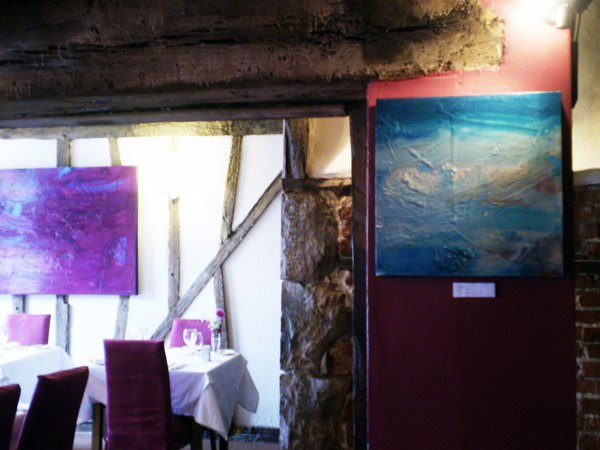
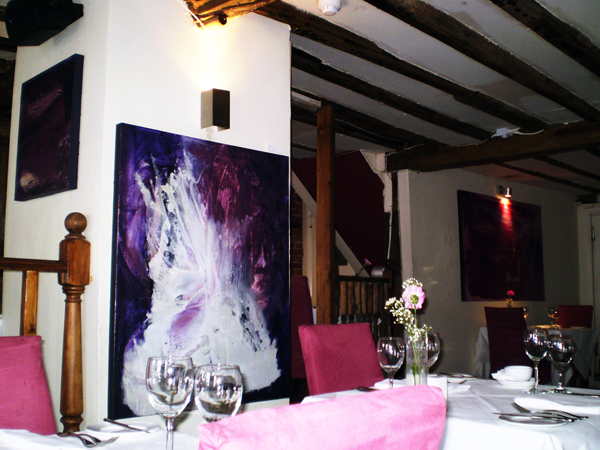


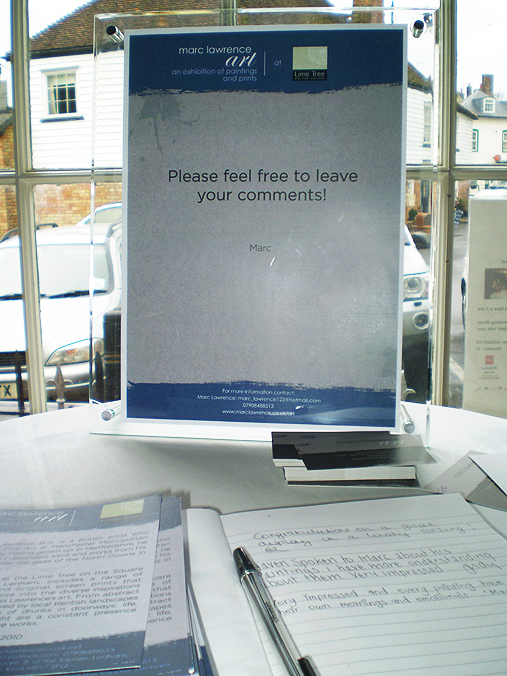


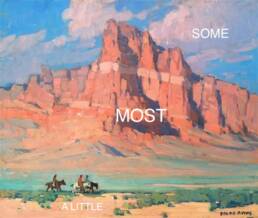
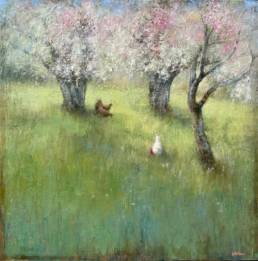
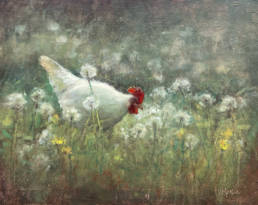
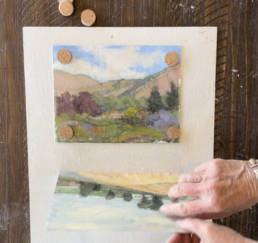
Lori,
as an emerging artist i always look for way to promote my art. Your article on how to stage your first art exhibition gave me some first hand knowledge. As always I was thinking that posting artwork in public places such coffee shops and restaurants is a great idea, but never met one person that have it done and can share from his own experience ….thank you.
Veny
http://blog.artbyveny.com
Hello Veny, I am so glad this post helped you. I wish you well in putting together your first art show and hope to hear back from you again.
Cheers-
Lori
A very interesting article especially as I have been thinking of doing the same. Thank you!
Hi Helen-
Let us know if the tips help you! Glad to get you thinking about it…
Lori
Hi Lori,
All of your articles are great. This one is timely and very good as I’m researching a local venue for my students art and my art. We are glass and china painters and need a venue that will complement our artwork. I’ve printed your article and will share it with students in my classroom while we are in the planning stages of our show.
Thank you Lori!
Mary Lou
Hi lori getting lot of inspiration coming from you .planning my group art show ahead give some guidedance.regards
Good luck and thank you!
Many galleries I’ve approached are booked for many years in advance. I’ve been considering putting together my own show to continue to get my work “out there”. I’ve had a local boutique mention an interest in some type of show but I’ve been afraid to commit. After reading this article I feel confident that putting together my own show would be a wise road to take. Thank you Lori. 🙂
Yikes! I never thought of insurance! I wonder how many injuries from art every year?
I have thought of selling my art to restaurants or hotels but didn’t think of doing an art show. Great idea! thanks for the tip.
Mark, you might be pleasantly surprised by showing your art at a restaurant. It will take some work, but it will be worth the effort.
Good luck!
Lori
One other consideration I would make is to run your intended selections past the proprietor. While you don’t want to give them the option of censorship, if you have anything that might be controversial, or potentially offensive to their clientele (nudity, violence, etc), you don’t want to run the risk of surprising them at the last minute and having them balk and cancel your show completely. Run the pieces past them in advance and make sure they are ok with the selections, and make sure you have a back up if they prefer to pass on a particular piece. Better to lose one or two than the whole show.
Those are thoughtful points that you have shared. Thank you. Being primarily a landscape and still life painter, I personally don’t have to worry about my work causing too much controversy. But, there are plenty of talented artists and photographers would benefit from your comment. Also, I like your ‘back-up’ suggestion.
Thanks again for sharing your expertise,
Lori
A great article and very useful. Thanks Lori & Marc.
I must say this artice is really useful, I know how much I needed that for planning my first exhibition. I also want to help those, who are aiming to the same, so I decided to make a miniseries dealing with that on http://coloursbynicole.blogspot.cz/search/label/Plan%20your%20first%20art%20exhibition
Hello Nicole, thanks for sharing your link with us here. My daughter spent a semester abroad in Czech and loved it there. She was so impressed with the arts and culture. Thanks for visiting this blog!
i look forward to sharing your tips by putting them into practise